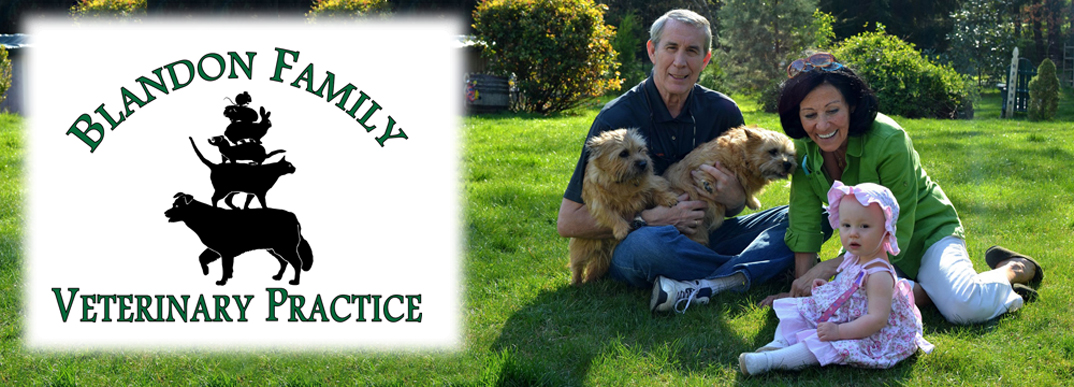“Buckle up, pup!” – Travel Safety
January 2nd is recognized as Pet Travel Safety Day, but travel safety for our furry critters is something to be mindful of all year long. Simple habits will improve pet and owner safety during travel. Keeping the driver from being distracted while operating the vehicle keeps everyone safer. We already have many distractions such as our phones, kids, and the radio. A pet should not add to that list. Not all pets like car trips and sometimes a stressed pet can affect our ability to stay focused when we know that they are anxious. If you have a pet that gets car sick, try not feeding your pet prior to travel. Place a blanket down to protect your seat if your pet vomits during the trip (and don’t forget to bring a fresh blanket for the drive home!). Taking short trips, even around the block, over time might help decrease the anxiety associated with a longer car trip when necessary. Take your pet to different locations, such as a park, to break the association with the car and locations they may not be so thrilled about (like a groomer or the veterinary office). Also try having a passenger along for the trip to help calm your pet rather than trying to comfort your pet and drive at the same time.
Restraining your pet in the vehicle will greatly increase safety for all. Just like us, pets can be severely injured or even killed during a collision. Unfortunately, they can also act as a dangerous projectile, flying through the air, breaking through windshields, being thrown from the car and even injuring their human companions if not properly restrained in the vehicle. An unrestrained pet can cause an accident by climbing and jumping around in the car or on the driver. For cats, although they may protest during your attempt to pack them up, should always travel in a carrier. Unrestrained cats might follow their instincts to flee and hide, only to crawl under seats, under the foot pedals or even out the windows. This is an extreme hazard for everyone in the car and other vehicles on the road. Place carriers on the floor of the car rather than the seat. In the event of an accident, a carrier on the floor is less likely to be projected than on a seat. Dogs should not be placed in the front seat of the car, as there are greater chances of being propelled through the front windshield or being injured by deployed airbags. Appropriate harnesses should be placed on the dog and fastened to the seat. With all the variety of harnesses and car seats available for pets, it can be difficult to judge which are best at keeping your pet safe. The Center for Pet Safety is a non-profit research and advocacy organization that devotes its efforts to provide both consumer and pet safety. The organization has performed not only harness crash testing, but crate testing as well. You can watch the videos on their website, www.centerforpetsafety.org, as well as find the list of products that have and have not past the crash tests.
As much as you enjoy seeing your dog’s ears flapping in the wind with a big goofy smile on their face, it is in their best interest not to allow them to stick their head out the window. Not only does this give them opportunity to jump out of the vehicle, but pieces of debris can be kicked up by other vehicles, like rocks, dirt and pieces of metal and glass. All can cause serious injury to your dog’s face or eyes. Never allow your pets to travel uncontained in the bed of a pick-up truck. Not only is this very dangerous for obvious reasons, but it some places, it is also illegal. We hope that you will never find yourself in an accident with your furry companion, but if you do, having your pet properly restrained will greatly increase the safety for all passengers, furry or not.
